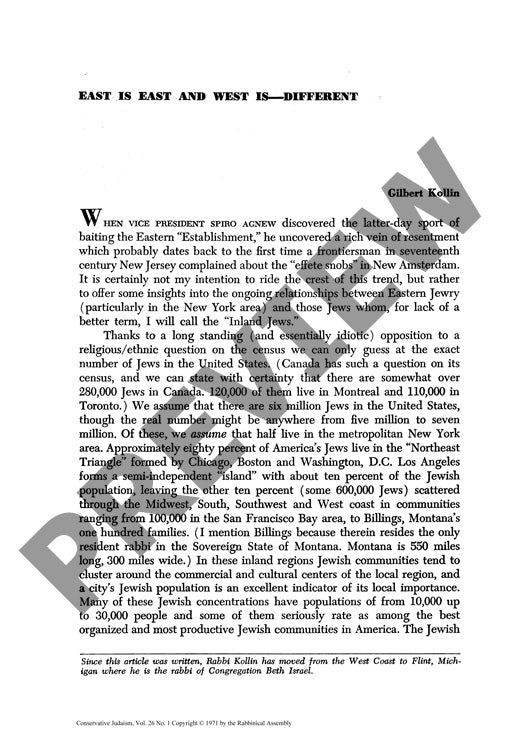East Is East and West Is Different
Couldn't load pickup availability
The stark contrast between Eastern and Inland American Jewish communities in the 1970s reveals a deeply fractured cultural and organizational landscape. While 80% of American Jews cluster within the Northeast Triangle (Chicago-Boston-Washington, D.C.), the remaining 20% in inland regions face profound isolation from national Jewish networks despite wielding disproportionate political influence. Drawing from demographic estimates, personal rabbinical experience across both regions, and comparative analysis of community structures, this investigation uncovers how geographic distribution shapes Jewish-American identity and institutional relationships. Eastern Jews typically maintain insular residential patterns and strong representation in Jewish neighborhoods, whereas Inland Jews demonstrate heightened awareness of their minority status and more nuanced understanding of American social dynamics. The research exposes critical service gaps created by understaffed, Eastern-based Jewish organizations struggling to support dispersed communities, while simultaneously limiting professional mobility between regions. These findings underscore the urgent need for democratized organizational decision-making and mission-oriented resource allocation to bridge the East-West divide and strengthen national Jewish leadership amid America's evolving political landscape.

More Information
-
Physical Description
-
Publication Information
Published 1971
ISBN
-
Publication Credits
Gilbert Kollin

